Imagine a classroom where students aren’t passively absorbing information from textbooks, but actively solving real-world problems. Or picture learning that feels more like playing a game than attending a lecture. These are the promises of project-based learning (PBL) and gamification, two educational approaches gaining significant traction for their ability to make learning more engaging, effective, and relevant to the 21st century.
What is Project-Based Learning (PBL)?
PBL centers around extended projects that challenge students to delve into a topic, solve a problem, or create a product. Instead of simply memorizing facts, they apply their knowledge and skills to a real-world scenario. For example, a history class might research local historical figures, write biographies, and culminate in a museum exhibit open to the community. This approach fosters a deeper understanding of the subject matter while developing crucial skills like:
- Critical thinking: Students analyze information, identify problems, and evaluate solutions.
- Collaboration: They work together to achieve a common goal, learning communication and teamwork.
- Communication: They present their findings and solutions effectively, both verbally and in writing.
- Research: They learn to gather information from credible sources and develop research skills.
Why is PBL Becoming Popular?
Several factors contribute to PBL’s growing popularity:
- Real-world application: Students see the relevance of what they’re learning, making it more engaging and memorable.
- 21st-century skills: PBL hones skills like communication, collaboration, and problem-solving, essential for success in today’s workforce.
- Adaptability: PBL projects can be tailored to any subject and grade level, catering to diverse student needs and interests.
- Increased student engagement: Students become active participants in their learning journey, leading to higher motivation and ownership.
Recent Developments in PBL
- Focus on Global Issues: In the wake of current events like the war in Ukraine or the climate crisis, educators are increasingly using PBL to tackle complex global issues. Students might research solutions to environmental challenges or investigate the causes and consequences of international conflicts, fostering global awareness and critical thinking.
- Remote Collaboration Tools: The rise of online collaboration tools like Google Docs and video conferencing platforms allows for rich PBL experiences even in remote or hybrid learning environments. Students can collaborate on projects across geographical boundaries, mirroring real-world collaboration in a globalized world.
What is Gamification?
Gamification applies game-like elements such as points, badges, leaderboards, and narratives to enhance the learning experience. Imagine a math class where students complete quests by solving problems, earning points for accuracy and speed, and unlocking new levels with increasing difficulty. This approach taps into learners’ natural desire for competition and achievement, making learning intrinsically motivating and enjoyable.
Benefits and Trends in Gamification:
- Increased Engagement: Gamification injects fun and competition into learning, making it more engaging for students of all ages.
- Motivation and Positive Reinforcement: Points, badges, and leaderboards provide positive reinforcement, motivating students to keep learning.
- Microlessons and Gamified Apps: With shrinking attention spans, bite-sized educational content delivered through short videos, interactive games, or challenges is gaining popularity. These “microlessons” gamified with points and badges can reinforce concepts learned in class or introduce new ones in a fun and engaging way.
- AI-Powered Adaptive Learning: Artificial intelligence is personalizing gamified learning experiences. Imagine an adaptive math game that adjusts difficulty based on student performance, offering challenges and rewards that keep them engaged and learning at their optimal pace.
The Synergy of PBL and Gamification
While PBL and gamification are distinct approaches, they can be powerful when combined. Imagine a science PBL project where students research and design a solution to a local environmental problem. Gamification elements like points for using recycled materials or leaderboards for the most energy-efficient solution can add a layer of fun and healthy competition to deepen their learning journey.
Are PBL and Gamification effective for all students?
Both methods can be effective for diverse learners when implemented thoughtfully. Differentiation strategies can ensure all students can participate meaningfully. However, teachers need proper training and resources to develop engaging projects and implement gamified elements effectively. Additionally, ensuring equal access to technology and fostering a positive learning environment where failure is seen as a learning opportunity are crucial for both methods to thrive.
The Long-Term Value of Project-Based Learning and Gamification
Project-based learning (PBL) and gamification offer more than just a temporary boost in engagement. They cultivate skills and mindsets that serve students well beyond the classroom, preparing them for success in college, careers, and life as engaged citizens.
Long-Term Benefits of PBL:
- Self-Directed Learning: PBL fosters independent learning skills as students take ownership of their projects. This ability to research, manage time, and solve problems independently is crucial for success in higher education and the workforce.
- Critical Thinking and Problem-Solving: PBL challenges students to analyze information, identify problems, and develop solutions. This critical thinking muscle strengthens over time, allowing students to tackle complex challenges throughout their lives.
- Collaboration and Communication: Effective teamwork and communication are essential for success in most professions. PBL projects provide opportunities to develop these skills through collaboration, negotiation, and presenting findings to an audience.
- Adaptability and Innovation: The ability to adapt to new situations and think creatively is increasingly important in a rapidly changing world. PBL projects encourage students to be resourceful, think outside the box, and find innovative solutions.
The Future of Education
While traditional lectures and tests will likely remain part of education, the rise of PBL and gamification signals a shift towards a more student-centered approach. By fostering deeper engagement, relevant skills, and a love of learning, these methods can empower students to become critical thinkers, problem-solvers, and lifelong learners who are well-equipped to navigate the challenges and opportunities of the 21st century and beyond.
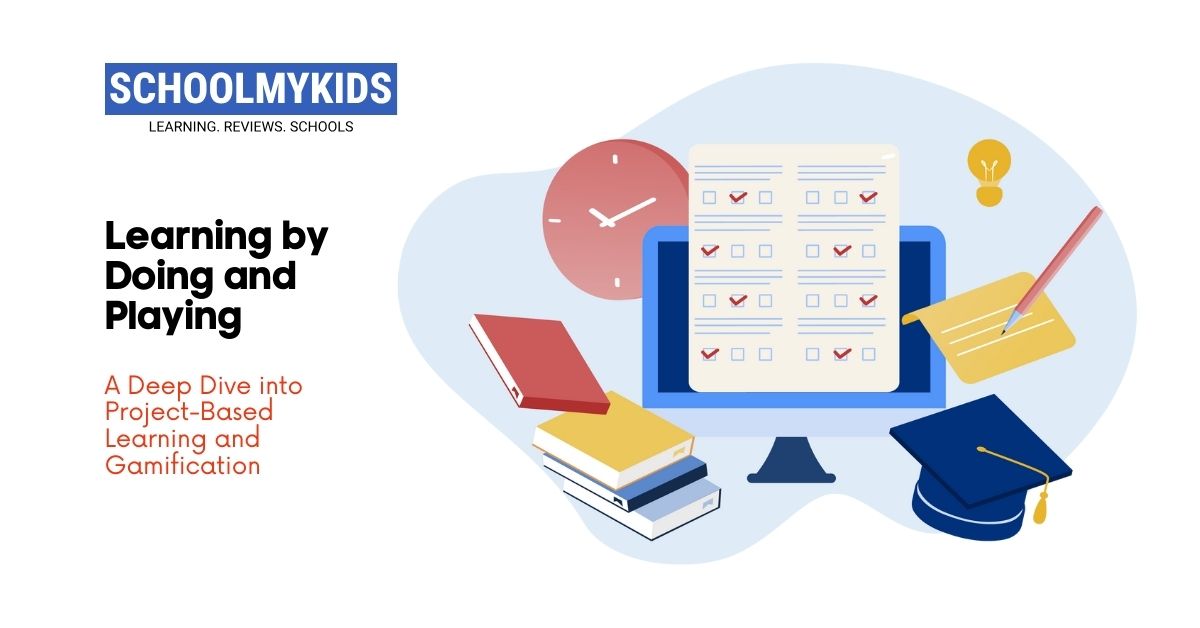
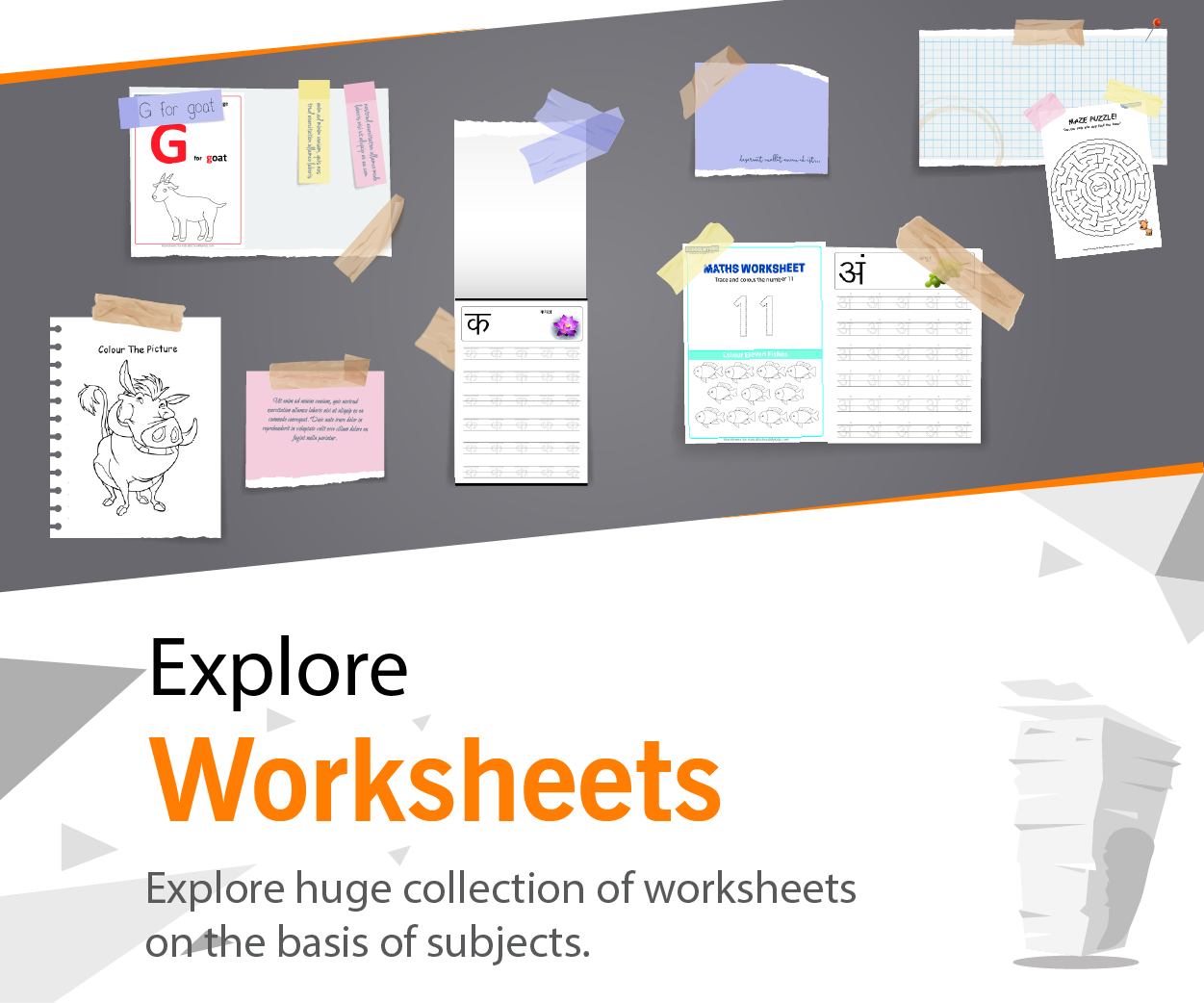


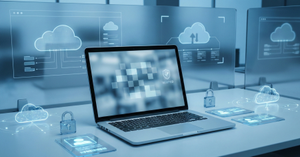
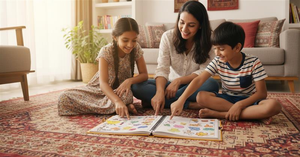
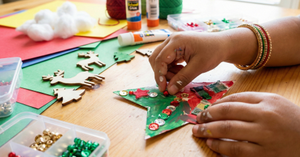
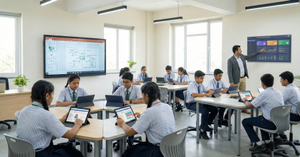
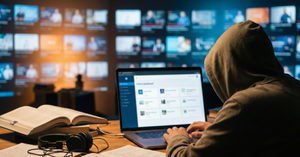
Be the first one to comment on this story.